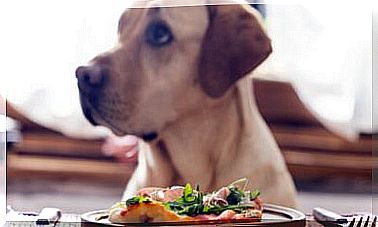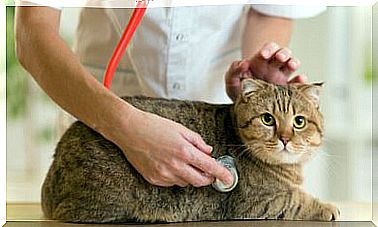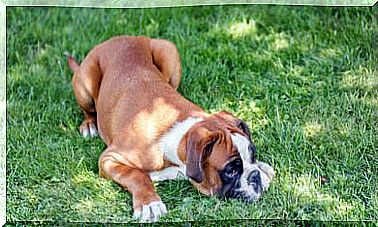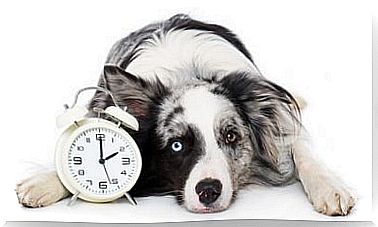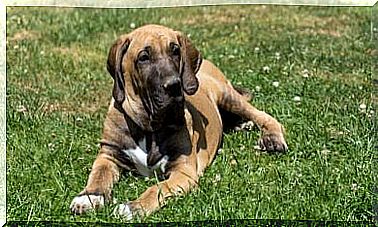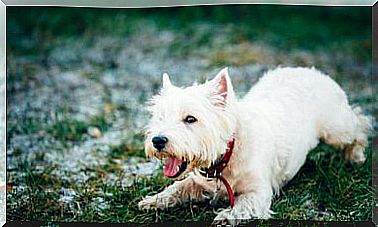Decision Making In Primates: Almost Human?

With each new discovery about the behavior of animals we have to reaffirm more what it is that differentiates us from them. Until now it has been believed that decision-making was something of humans, but are primates also capable of choosing between various options?
Every day, human beings face many different decisions, some more momentous than others, but still all of them can be made thanks to how our brain works. Our choices are often based on outcomes that we can predict, and we usually act on this.
Do animals also act on the results that can occur? Previous experiences and the trial – error method are also two fundamental aspects when making a decision.
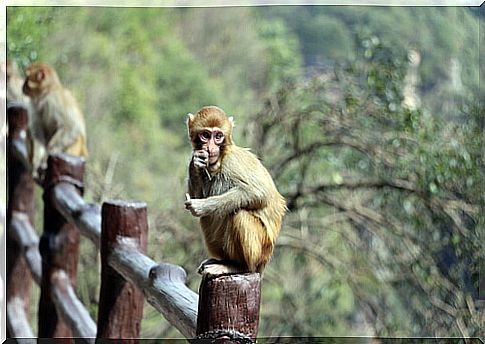
A team of researchers from the Howard Hughes Medical Institute (HHMI) of the University of Washington has studied how the selection process occurs in a group of rhesus macaques to clarify this question. In this space we show you the surprising results.
Shadlen’s experiment
To carry out his study, Shadlen is based on experiments that measure the electrical activity of the brain of a group of monkeys that are shown a sequence of random symbols, associated with a reward.
The monkeys were trained to move their eyes to one point or another when presented, at half-second intervals, a random series of four different shapes out of ten. The forms had a series of combinations and depending on the chosen combination, a greater or lesser reward was established.
This combination was made based on a probability: each combination had a different value each time, as if it were a poker game. The macaques performed the task by combining the shapes instead of memorizing all the possible hands.
The region of the brain that was studied is the parietal cortex, which corresponds to the region of the brain associated with calculations of probability through the sum of elements. The monkeys were “adding” symbols to choose the best reward.
This is not the only decision-making experiment in primates, since other tests have been carried out with different conditions and times to execute the choice. In all these it is concluded that primates have the ability to decide between two situations.
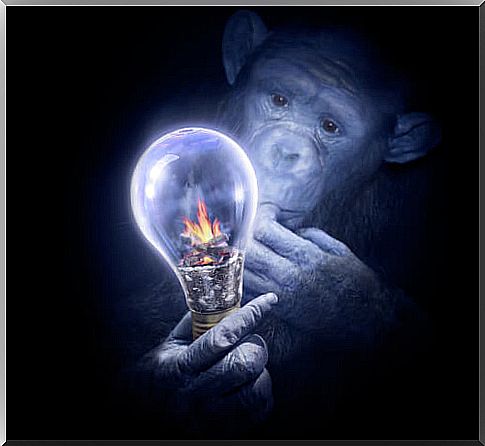
Decision making in nature
The previous experiment and many similar ones are carried out with subjects trained in an artificial environment, but what is the decision-making of primates like in their natural environment?
Primates live in nomadic social groups and need some coordination in their activities to decide where and when to travel. This coordination is vital for society to function. Decision making can be individual or collective.
- The movement is started by an individual in the group. This individual presents a greater range or energy, and the others choose to follow or ignore their steps, as in the case of baboons or gorillas.
- The group splits up for a short period of time. This happens depending on the activity of the members of the group, seasonally or by the availability of food as occurs in Japanese macaques.
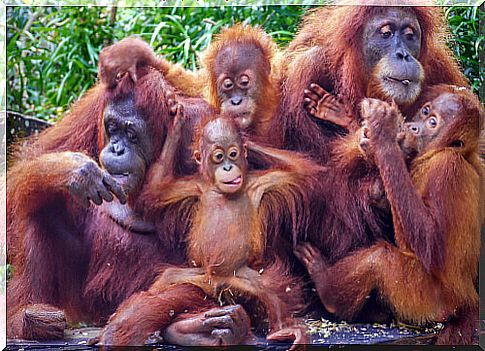
Where and when to go are not the only decisions faced by a group of primates. An example is the alliances that capuchin monkeys make within a natural group. An individual chooses another with better characteristics who surpasses his opponents to follow in his footsteps. These social alliances have been selected because they guarantee the survival of the individual in the wild.
More like us than we think
This type of ethological studies give us a less anthropocentric vision of what surrounds us.
There are many thinking animals, with decision-making capacity, decisive and conscious. That is why it is really important to respect nature and all its members: they can feel and perceive things in a similar way to us.
